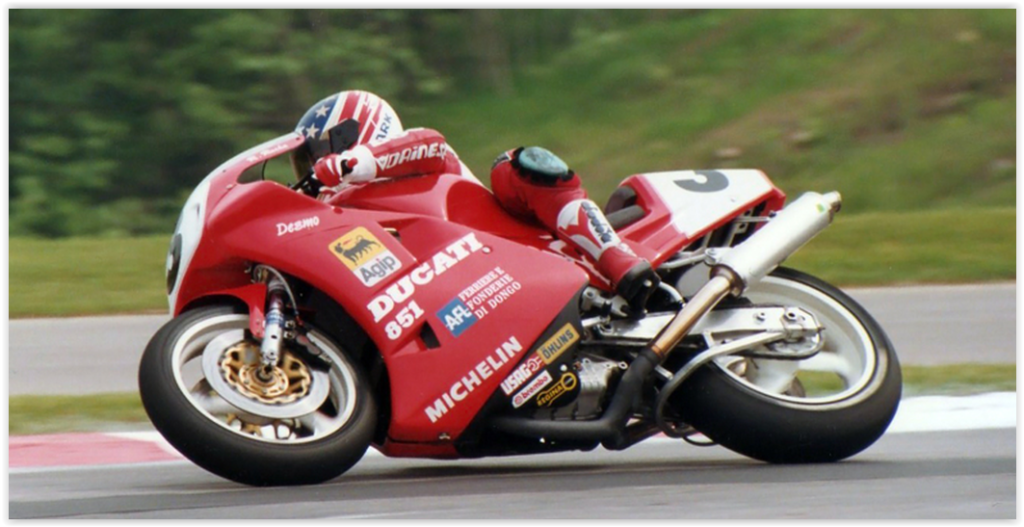
2nd half of the 1990 season – the 3rd year of the WorldSBK
In the first half of the year, Raymond Roche had proven to be the strongest and most consistent driver. But the reigning world champion Fred Merkel wasn’t as bad as we recently read on Wikipedia. Anyone who published there that Merkel was no longer successful after winning his second title really has no idea about racing. Or does someone seriously want to say that 3 wins and an additional 4 podium places in 1990 were not an excellent result? When the Californian won his first title in 1988, 2 wins and 3 podiums in 17 races were enough. The problem of the American in his 3rd WSBK year began in the 2nd half of the season and as the following interim ranking shows, the Honda driver had very good chances for his 3rd World Championship title in a row, at least after 7 of 14 rounds.

The World Championship round 8 of the WSBK 1990 in Sugo
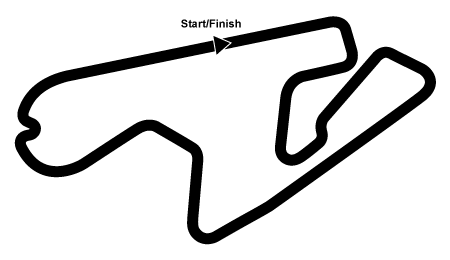
A little review of the first two years in Sugo
In Japan, the pilots from Europe were used to having to dress warmly. In the previous year, drivers from the host country, the USA, New Zealand and Australia took part, who were among the top spots at the time. In the first race in 1989, only Giancarlo Falappa (P4), Fabrizio Pirovano (P7) and Stéphane Mertens made it into the top ten with 8th place. World champion Fred Merkel had even missed out on the points as 16th. In the second race, Falappa were the only ones in the first ten to finish third and Mertens again eighth. A year before that, two Australians had won in Sugo, one of whom was called Michael Doohan on Yamaha. A few years later (from 1994) he became five times 500 cm³ world champion.

The first European Sugo winner of the Superbike World Championship
On August 26, 1990, Raymond Roche on the Ducati 851 caused a historic moment when he became the first European to win the Japanese World Championship. His team-mate Baldassari Monti on Honda from last year completed the podium together with third Doug Chandler (USA, Kawasaki). Fabrizio Pirovano (Yamaha) was fourth ahead of Peter Goddard (AUS, Yamaha), Rob Phillis (AUS, Kawasaki), Jamie James (USA, Ducati) and Doug Polen (USA, Suzuki). Mertens, the third best European, was eleventh in the first race and Fred Merkel did not even start. American Motorcyclist magazine explained why it was missing. The American suffered a neck injury in a fall while training for the 8 hours of Suzuka. In 1984, he had won the prestigious race together with fellow countryman Mike Baldwin.


The 2nd run in Sugo
With his victory in the second race, the American Doug Chandler on a Kawasaki in the country of his motorcycle manufacturer made himself the overall winner after 3rd place in the 1st race. With the Australian Peter Goddard (Yamaha), another wildcard driver was second ahead of Baldassare Monti (Honda) as the best European rider. World Cup leader Roche had to be content with 6th place behind Pirovano and Phillis this time. His now toughest rival in the title fight, Honda driver Stéphane Mertens, was only eighth behind Jamie James. The US-American Doug Polen, still in 8th place in the 1st race on Suzuki, gave up before the start due to an injury. However, he should come to WorldSBK as a regular driver next year and cause a lot of stir.


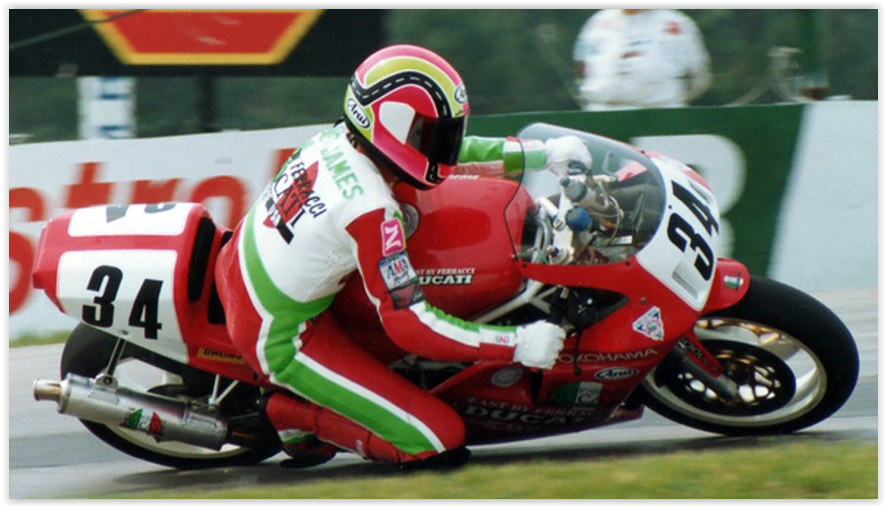
Lap 8 with the return to Le Mans

Two rounds took place in Europe in the third WSBK season after the trip to Japan, before the two final rounds in Australia and New Zealand were next. After Le Castellet last year, this time it was Le Mans turn again for the French WSBK station, as in the previous year. On the traditional Circuit Bugatti, local hero Raymond Roche competed as world championship leader 45 points ahead of his closest rival Stéphane Mertens. The reigning world champion Fred Merkel was still missing here and with already 67 points behind the French had to write off his title defense at this point in time.


Race 1 – even the World Cup third in bad luck
Fabrizio Pirovano was 66 points less than Roche in third place in the championship, but in contrast to the still injured Merkel at least present at Le Mans. In the first race, however, the clutch on the Italian’s Yamaha gave up after 7 laps, which made his situation even worse. The host won on his home track ahead of Ducati brand colleagues Jamie James, Mertens, Monti and Phillis. Another piece of the puzzle for Roche’s first title for Ducati, with the increase in points over his pursuers.
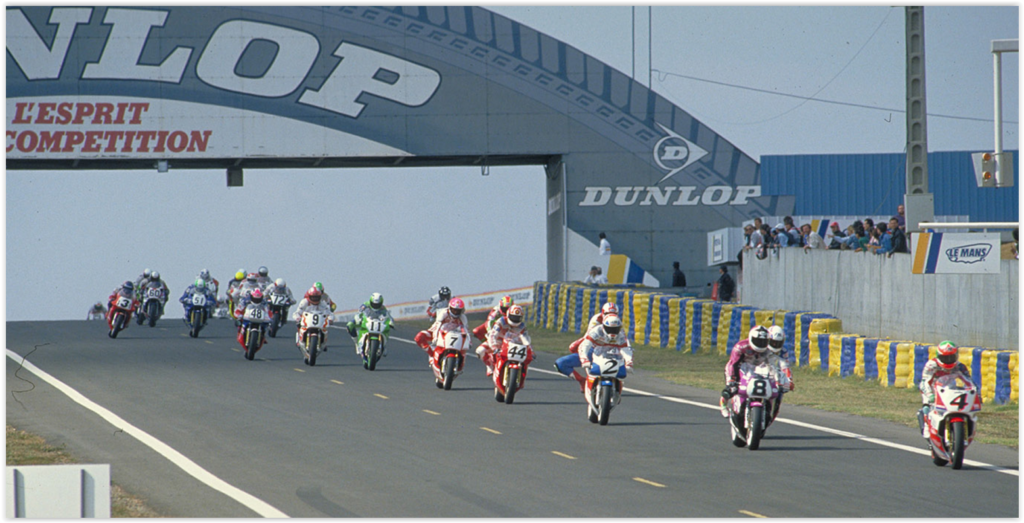

Raymond Roche also won the second of the two races on Sunday and thus significantly expanded his lead in the intermediate championship ranking. Only Stéphane Mertens with two third places was able to stay halfway on Roche’s heels in the intermediate ranking. With Christian Lavieille (Yamaha) in 7th place and Jean-Michel Mattioli in eighth, two other French riders had shone in the first race. The latter made it into the top ten again in the second run as seventh. Eighth place this time went to Carl Fogarty on a Honda, who had failed in the first race. The Briton would soon become one of the most dominant characters in WorldSBK history.



The WorldSBK premiere in the Royal Park of Monza

After Enna-Pergusa as the Italian round last year, Monza was a classic in the program for the Superbike World Championship this time. For all those arriving from the rest of Europe, the course in northern Italy was much more pleasant in terms of the journey. Instead of going to Sicily, it went to the traditional racetrack near the metropolis of Milan, which has fallen into disrepute since the 1970s and is considered quite dangerous. Here the Austrian Rupert Hollaus lost his life in a fall during training in September 1954. In a scandalous mass crash 19 years later, Jarno Saarinen and Renzo Pasolini died completely unnecessarily. Until his fatal accident in 1973, the Finn was considered the upcoming 500cc world champion and superstar, but he was the victim of an ignorant race direction. Despite warnings from some drivers, they insisted on the start of the 250cc race, in which there was a mass crash with 14 fallen drivers and 2 fatalities.

The redeeming home victory of the local hero
Fabrizio Pirovano died much too early of a serious illness in 2016 at the age of 56. Four years later, a special edition of a Yamaha R1 was even auctioned off in his memory. He started third in the intermediate ranking of the World Championship in his home country and at the premiere of the WorldSBK in Monza he should by no means disappoint the many local spectators. On Sunday, October 7, 1990, it rained in Monza and both races were started as rain races. With a flawless victory, the man from Biassono, right next to the racetrack, caused the cheers of the audience. In the first run he defeated Mertens, Roche and all the rest. Fred Merkel was back after a long break, but dropped out with engine failure.


Second Race
The local hero won the second race in front of his compatriot Baldassare Monti (Honda) and the Englishman Rob McElnea (Yamaha). World Championship leader Raymond Roche had to be content with sixth place behind Rob Phillis and Fred Merkel.


First time in Malaysia
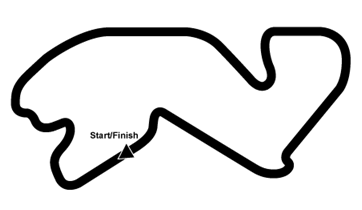
In 1990 the now very popular route from Sepang, near Kuala Lumpur Airport, did not yet exist. Nevertheless, Malaysia hosted the Superbike World Championship early on. Before it went Down Under, the near-series World Cup was in its third year in Shah Alam for the first time. Fabrizio Pirovano again proved unbeatable on his Yamaha FZR-750R and the northern Italian won his third race in a row. Kawasaki ace Rob Phillis was second ahead of Stéphane Mertens and Raymond Roche.
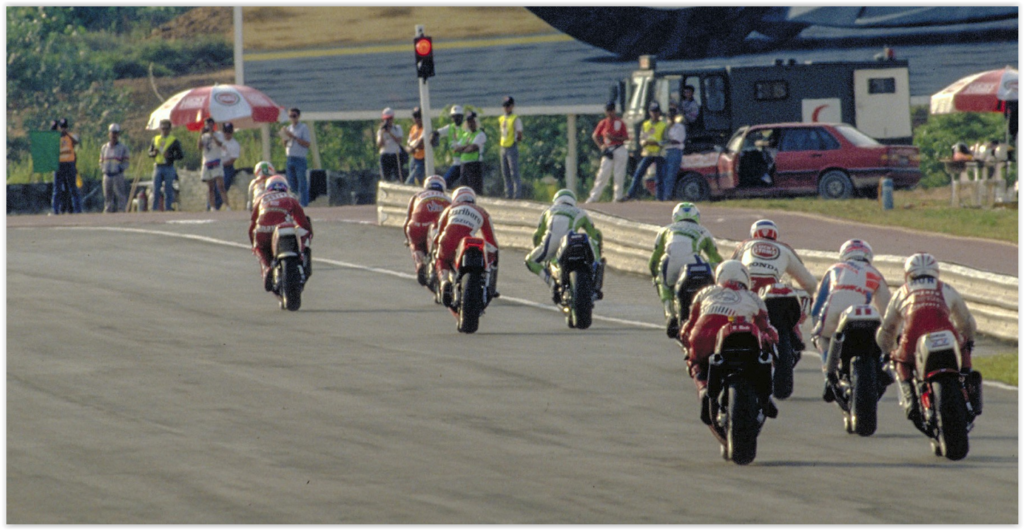


The 2nd race – the Yamaha rider in top form
Pirovano also won the second race. This time Rob Phillis was second ahead of Raymond Roche. 4th place went to Stéphane Mertens, ahead of McElnea, the Australian Goddard, Rymer and Jari Suhonen. With only 18 classified drivers in the first run and 19 in the second, the list of results from back then reminds of today’s conditions.
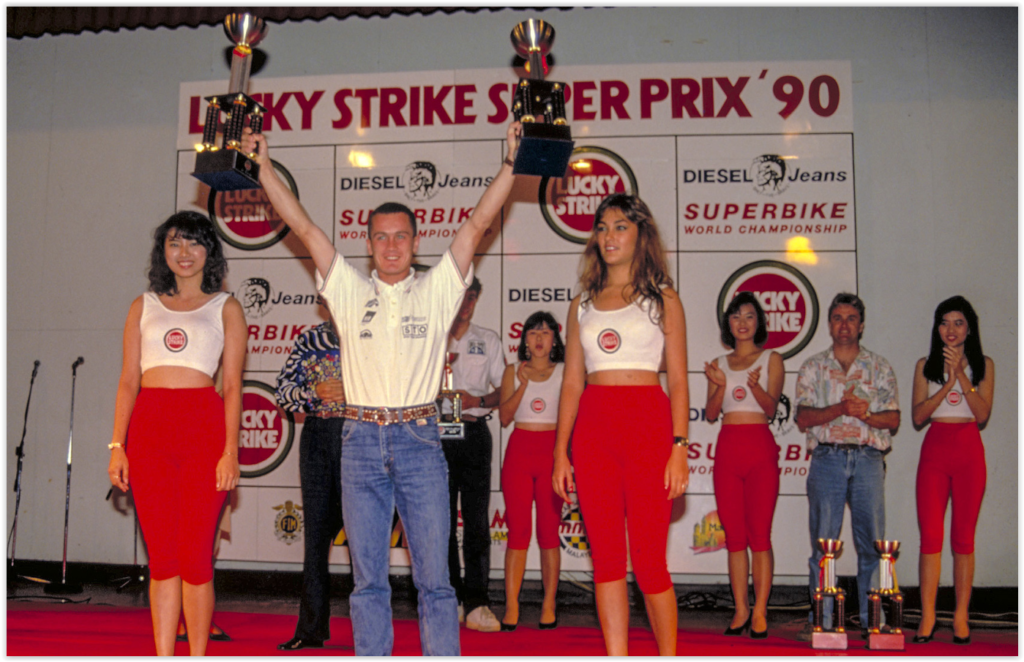


The penultimate lap in Australia – on new territory

In the first two years of WorldSBK, the near-series World Cup was still to the south of Sydney before it went to the state of Victoria. With Phillip Island the premiere of the Superbike World Championship took place on this track in 1990 and the change from Oran Park should be worthwhile. Even 30 years later, the first Corona season 2020 should still be driven here, and it was even the only normal lap in this pandemic-ridden year. With Peter Goddard in the first race, a local hero came up trumps. The Yamaha rider won ahead of his brand colleague Fabrizio Pirovano, the two Australians Michael Dowson (Kawasaki) and Malcolm Campbell (Honda), and World Championship leader Raymond Roche. The Frenchman was short about to secure his title for the first time in WorldSBK history before the final round. In the first two years of WSBK, the decision took place in the last race.



The second race at Phillip Island
Local hero Rob Phillis had to wait a long time for his first win in his first full World Cup season. But in the second race in his home country it was finally time for the Kawasaki driver. In front of his compatriots Goddard, Campbell and Michael Dowson (Kawasaki), he won the second run. Pirovano had to be content with 5th place this time. Scott Doohan (Honda, brother of 500 world champion Mick), New Zealander Aaron Slight (Kawasaki), Roche, Mertens and Australian Stever Martin (Suzuki) completed the top ten.


The decision about the world title had been made
With 365 points, Raymond Roche was unassailable before the season finale in New Zealand. He was now 53 points ahead of Pirovano as the closest pursuer, who had overtaken Mertens with his strong second half of the season. As there were only 40 points left to win, Roche was the first Frenchman to be the new world champion and successor to Fred Merkel. He was the first rider to win the title for Ducati and he was also the first to do so before the final round of the World Championship. However, due to the injury break of Roche’s team-mate Falappa, the manufacturers’ title should ultimately go to Honda. Yamaha rider Fabrizio Pirovano was 22 points ahead of Stéphane Mertens as the best Honda rider in 2nd place. Thus, at least the decision for the runner-up title had to be made in the 13th and final world championship round.

Final round in New Zealand

For the third time in a row, the season finale took place on the Manfeild track. A year later, Phillip Island would receive this honor. The first race was the prey of Terry Rymer on a Yamaha FZR-750R, which drove the fastest lap with 1:08.480 and an average of 163.703 km/h (101.72 miles). The Englishman had already triumphed last year and the racetrack seemed to suit him. The newly crowned world champion Roche was second ahead of Rob McElnea on the second best Yamaha. 4th place went to Australian Daryl Beattie (Honda) in front of fellow countryman Rob Phillis on a Kawasaki. Because Mertens finished sixth and Pirovano retired with an engine failure, the two contenders for the runner-up title were only 12 points apart before the final race.



Lots of falls and failures in the last race
The second and last run of the season was marked by numerous failures and falls. The victims of the falls included Stéphane Mertens (Honda), Rob McElnea and Daryl Beattie. The former lost the last chance for the runner-up title in the fight with Pirovano, who crossed the finish line in fourth. Raymond Roche had to park his Ducati after 13 laps with engine failure. Before that, the Frenchman had set the fastest lap of the day with 1:08.390. The race was won by Aussie Rob Phillis on his Kawasaki, who crossed the finish line 6.12 seconds ahead of Terry Rymer as race winner of the first race. Almost 10 seconds later, local hero Aaron Slight saw the checkered flag. The Kawasaki riders Phillis and Slight were to play a formative role in WorldSBK in the following years.


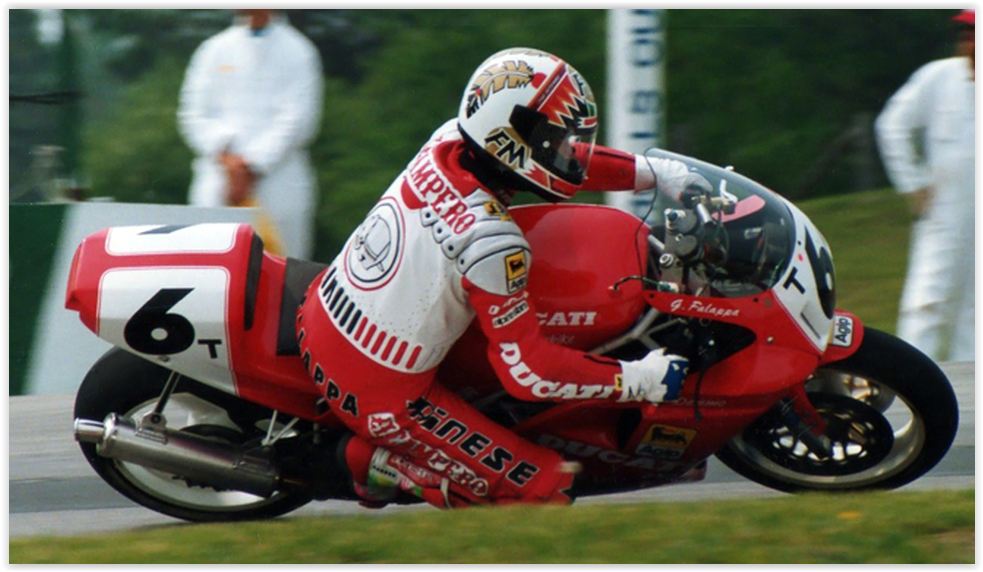
Ranking list of the Superbike World Championship 1990 – P1 to 42


Rank 43 to 81

Manufacturer Championship 1990


The WSBK victories by manufacturer from 1988 to 1990
What is hard to imagine today: Back then, 3 manufacturers were exactly tied with 16 wins each. But this was not surprising after the first three years of WorldSBK. More like the fact that with Suzuki, of all things, the brand was far behind, which had brought the legendary GSX-R750, the Japanese’s first superbike, onto the market in 1985. Before that, the chassis of the sporty bikes from the Far East were, to put it mildly, an impertinence. Exactly for this reason, the success of the Italian brand Bimota, which started with the 5-valve four-cylinder in-line engine from Yamaha, was founded in the 1980s. But the Japanese learned quickly and legendary chassis designers such as Bimota, Egli (Switzerland) and Harris (England) got more and more problems as a result.






The WorldSBK year 1991: http://www.motoracers.eu/wsbk-history-part-7/?lang=en
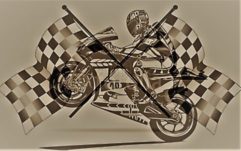
No Comments Yet